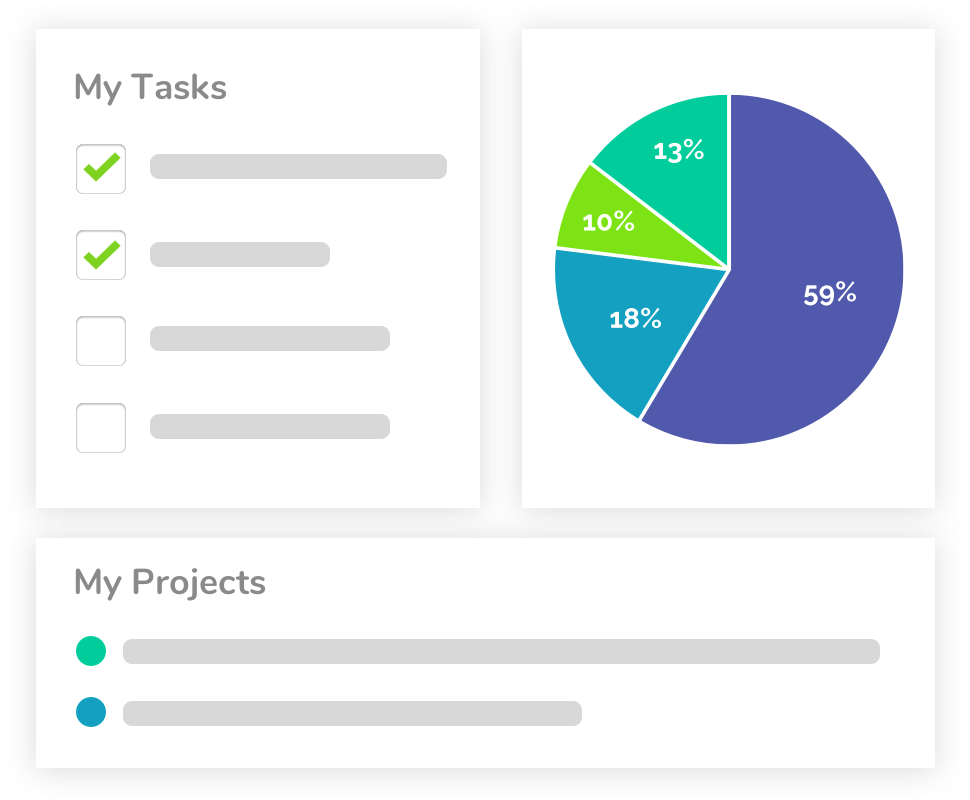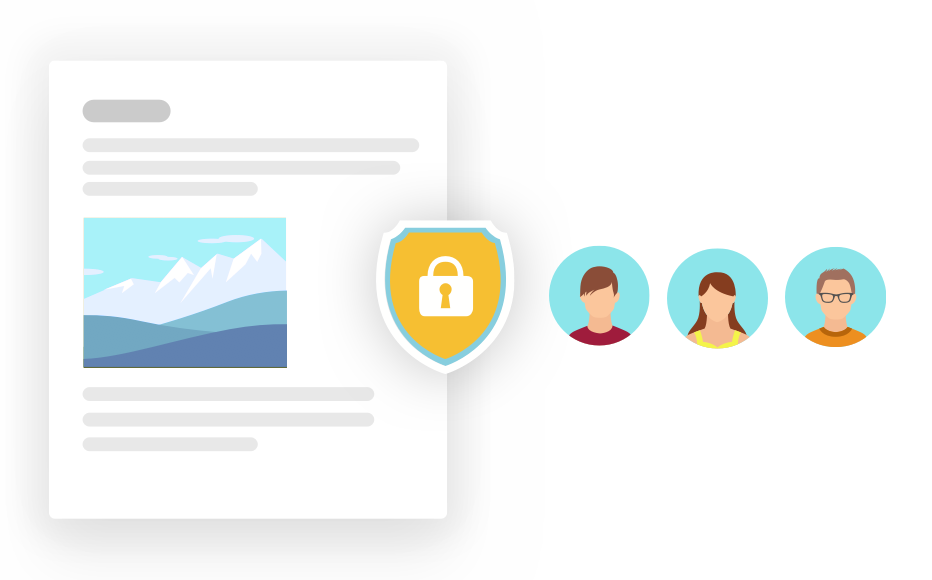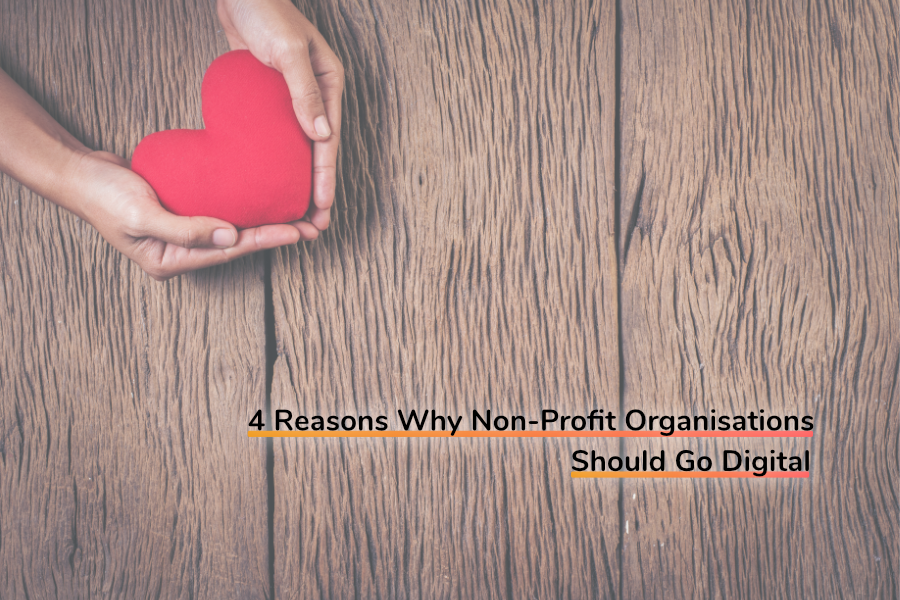In light of the COVID-19 pandemic, many businesses and companies have been reviewing and relying on their digital workplace strategies in order to ensure that they can function effectively in ‘the new normal’. Creating an effective and powerful digital workplace enables employees to complete their work from anywhere in the world and across multiple devices. This has been proven to boost employee productivity while also keeping them safe during this difficult time. However, digital workplaces are no passing trend. They’ve been a powerful tool in business development long before the pandemic, and will continue to be a useful tool in the future.
That said, one sector that is frequently left out of the digital workplace conversation is charities and non-profit organisations.
Perhaps the biggest reason for this is that the third-sector industry thrives on collaborative working and in-person communication. This could mean speaking directly with other members of the team to launch a new project, meeting face-to-face with potential donors, or taking part in fundraisers. As this work is often philanthropic, it relies on the staff members’ abilities to connect with others. Without proper communication and connection, a charity or non-profit may struggle to survive.
This is where a digital workplace tailored for non-profits will give your organisation a much-needed boost, helping you thrive during a time when face-to-face contact is limited. With the right tools, you can recreate those vital human connections virtually. Here are a few ways a digital workplace will help your cause:

1) Teams can share ideas at any time
A digital workplace is a great way to help your teams stay connected – whether they’re working from the office or from home. With a digital workplace, they’re able to effectively communicate across a range of platforms such as corporate social networking, internal messaging, and company news feeds. These communication tools allow staff to stay in touch, share ideas, delegate tasks, and discuss projects on the go.

Internal social networking tools empower staff to share ideas
2) Improve efficiency with digital tools
A digital workplace allows you to target content to the relevant teams, ensuring that staff don’t succumb to the “information overload” that can drain efficiency. This means you can use the platform to set out clear targets, assign work to a specific employee, and provide them with important updates on a daily basis.
Better yet, information can be shared quickly, often within seconds. This ease of access will boost employee efficiency, meaning your staff can respond to enquiries faster and finish tasks quicker. For example, employees will no longer have to spend hours looking through filing cabinets; they can simply search on your intranet and find the info they need within minutes. This is particularly useful for charities and non-profits, whose time is sparse and should be reserved for more altruistic ventures.
Other digital platforms, such as project management software, also improve efficiency in your teams by consolidating all essential task information in one place, so staff can see who’s working on what and collaborate on tasks. Project managers will benefit too, by monitoring employee workload, keeping track of progress, and ensuring deadlines are met.

Centralise your team’s workload using Project Management Software
3) Protect work using privacy controls
A digital workplace can also bring increased security benefits for your non-profit organisation. For example, a document management system allows all of your files and folders to be stored in one central system, with access to each individual document controlled using permissions. You can decide who gets to see what files – and revoke access when needed.

Allow or remove access to your files using document permissions
4) Boost employee morale
Adapting to a digital workplace can help boost employee morale by giving staff more autonomy over where they work. Those who have caring responsibilities, live far from the office, or thrive in the comfort of their own home will benefit greatly from having a choice on their working location.
Digital platforms also give staff the opportunity to develop their skills from home and at their own pace. A learning management system, for example, can help your employees develop both personally and professionally, leaving them better prepared to tackle any projects that you throw their way. You can track their development, create online courses, and build interactive quizzes – all from one central space.
Whilst employee morale is essential in any workplace, it’s particularly beneficial in non-profit organisations where passion and enthusiasm about the cause needs to be constant. The more positive your staff feel, the bigger the impact they will have – especially when seeking donations.
Whether your non-profit organisation is seeking to improve communication, collaboration, or simply adapt to a more technological world – there are a host of benefits associated with going digital.





